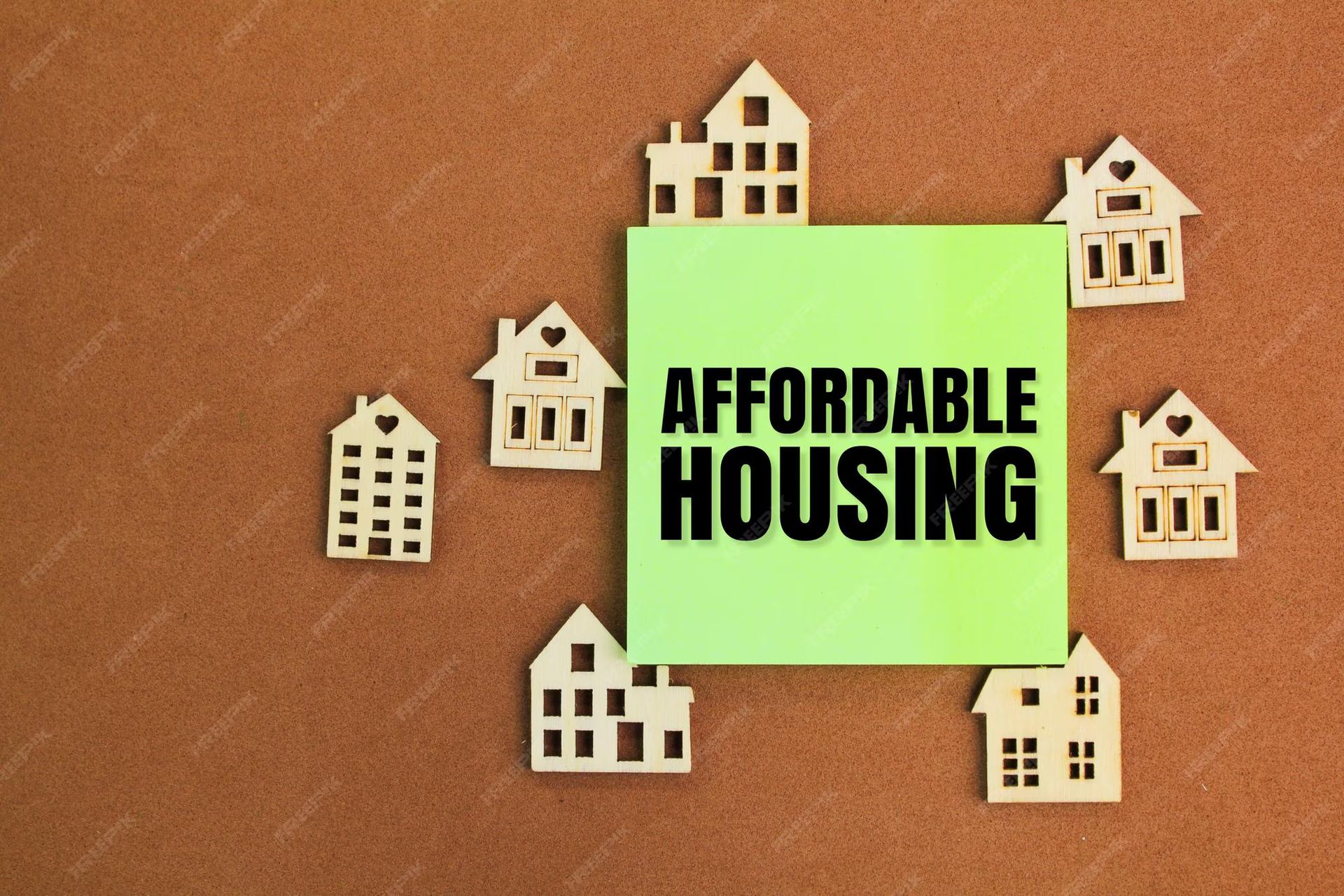BLOG
Affordable upstate
2023 SC Area Median Incomes Just Released: Top Observations

The US Department of Housing and Urban Development (HUD) just released updated Area Median Incomes (AMI) for 2023. In the state of South Carolina, AMI has grown in nearly every county in the state—some by percentages in the double digits.
The AMI levels listed below (and the changes from the previous year) have several uses. They highlight county-level demographic and economic trends, and they influence decisions on housing policy and affordable housing initiatives.
Additionally, these updated Area Median Income figures deliver insights that investors can use to make informed decisions on their allocation of capital.
South Carolina County AMI Numbers At a Glance
Below are the 2023 AMI numbers for every South Carolina county, along with the previous year’s AMI and year-over-year growth for each.

Significant Growth; Surprising Drops
Top-level observations from these numbers include the significant growth in several counties: Greenwood County in the southern Upstate leads the way with a stunning 38.25% year-over-year increase in AMI.
Three other counties broke 20% YoY AMI growth:
- Lancaster County (Mid-Carolina; just south of Charlotte, NC): 28.07%
- Laurens County (southern Upstate, just north of Greenwood County): 22.84%
- Dillon County (upper Pee Dee, northeast of Florence): 20.35%
Just behind Dillon County is its neighbor Florence County, at 18.22% YoY growth.
On the other end of the spectrum, just three SC counties saw a YoY decrease in AMI. Two of these were nominal: Oconee County saw a 3.1% drop and rural, least-populated Allendale County (on the SC/GA border) dropped by 1.66%. The lone county with a significant drop in AMI was Kershaw County (a mostly rural county northeast of the Columbia metro) with a 12.41% decrease, likely due to a correction from a sharp increase in the previous year.
Digging Into the Changes
Of course, it’s not particularly surprising that AMI would rise during a period of economic inflation, nor is a rising AMI surprising in regions and counties experiencing growth. Upticks in AMI in the counties containing and surrounding the state’s economic hubs are par for the course.
But as we dig into the numbers, certain patterns emerge that might seem surprising. We’ll categorize these observations by region.
Upstate
With buzzworthy Greenville anchoring the region, we’re not surprised to see growth throughout the Upstate. However, it’s interesting that growth is concentrated in the southern-central counties, not in Greenville or Spartanburg themselves. Abbeville, Laurens, McCormick, and Greenwood Counties all saw double-digit growth, with Greenwood shooting to the top of the list.
This uneven growth may be a bit of a catch-up effect: Greenville and Spartanburg Counties have seen ongoing growth, while their surrounding counties may be catching up more rapidly as that growth radiates outward as Upstate residents are looking for a more affordable alternative to Greenville and Spartanburg.
Some business investments could be pushing AMI higher as well, such as Aerofoam USA in Abbeville County and Motor City Racks (and others) in Laurens County.
The spike in Greenwood County becomes harder to understand when compared with population data: the region is losing population slightly, not gaining, and there’s little news of incoming business investment.
Midlands
Growth in the Midlands is concentrated at the northern and southern ends of the region. The Columbia metro, despite being the state capital and the region’s most populous area, saw minimal growth. But Lancaster and Cherokee Counties—the first directly south of Charlotte and the second along the I-85 corridor between the Upstate and Charlotte—saw some of the highest AMI increases statewide. Both of these counties increasingly function as exurbs of the costly Charlotte metro, so the larger Charlotte salaries filtering into these South Carolina counties drive some of the AMI growth.
On the southern end of the region, Aiken, Bamberg, Edgefield, and Orangeburg Counties saw 5 to 7 percent growth. Except for Aiken, these are mostly rural counties with some of the lower AMI figures statewide, and their increases track roughly with the inflation rate from January 2022 to January 2023.
Pee Dee
Both the Pee Dee and the Lowcountry feature a mix of inland rural and coastal developed counties. The southern side of the Pee Dee (Sumter, Clarendon, and Williamsburg Counties) saw growth between 9 and 13 percent. These rural counties all have relatively low AMI (Sumter being slightly higher thanks to the city of the same name); their increases track generally with those in other primarily rural counties. Some industrial expansions and tourism-adjacent growth (Lake Marion and Lake Moultrie are close by, and Myrtle Beach isn’t that far) could explain more of this growth.
In contrast, populous Horry County, home to Myrtle Beach and much of the Grand Strand, saw very little AMI growth, well below inflation—but in the context of the last five years, the muted change makes sense. Like several of the state’s economic hubs (Greenville, Spartanburg, and Charleston), Horry County saw rapid growth over the past five years, so the low increase is something of a plateau or correction rather than a troubling economic trend.
Lowcountry
The counties containing Charleston and its suburbs (Berkely, Dorchester, and Charleston Counties) already had some of the highest AMI figures in the state, and these three counties tracked similarly at around 5% YoY AMI growth.
In contrast, sparsely populated Colleton County had one of the lowest statewide AMIs in 2022 at $48.8k. It saw almost 14% growth in the past year, in part due to a massive investment from Pomega and Kontrolmatic Technologies and a new manufacturing facility from Boise Cascade Company opening in the county. Other rural counties in the region saw more modest AMI growth.
Beaufort County, home to coastal tourism as well as a sizable Marine Corps presence (Parris Island and MCAS Beaufort), saw a notable jump of over 16%. Significant raises in teacher pay and a growing number of higher-income households and retirees moving to the area help to explain the change.
AMI Trends and Affordable Housing
Rising AMI figures across the state of South Carolina are, in isolation, a good thing for those who need affordable housing in the state. As affordable housing eligibility hinges on residents’ income being under a given percentage of AMI, then a higher AMI would, in isolation, make more people eligible for affordable housing.
The problem is that AMI never rises in isolation.
AMI figures rise because incomes rise. For those on the periphery of income-earning or those on fixed incomes, higher AMI helps one qualify for affordable housing programs.
But incomes don’t rise in isolation, either. Often they rise in response (not always proportionally) to inflation. And AMI is not directly tied to housing costs, either: if a region’s AMI rises but fails to match an increase in housing costs over the same period (due to undersupply, population growth, or market trends), more and more families become housing-burdened.
Statewide, home values increased by 7% from April 2022 to 2023, while fair market rent increased by around 8.5%. In some counties, the increase in housing costs obliterated any benefits residents may have seen thanks to a higher AMI. For low-income residents who see less of those AMI increases yet carry the same level of housing cost increases, the picture becomes more and more dire—and the need greater.
In those counties that saw minimal or negative AMI growth, the pressures of inflation and housing costs become even more intense: some residents who qualified for housing assistance last year may not qualify this year (if their income stayed the same).
Affordable Upstate: Committed to Dignified Affordable Housing in South Carolina
As South Carolina and the southeast US continue to see population growth and too little new housing construction in those growing areas (among other factors feeding the housing crisis), the challenges of affordable housing will continue to grow. Affordable Upstate is committed to preserving naturally occurring affordable housing (N.O.A.H.) in the Upstate and beyond, doing our part to combat challenges like the ones described above.
As we rehabilitate N.O.A.H. in the region, we leverage available programs, credits, and subsidies to generate a healthy return without pricing out residents.
Interested in investing that produces a reliable return and simultaneously does environmental and social good? Affordable Upstate is always looking for investment partners.
Reach out to our investment team today to discuss options.





